There are few things more frustrating to a photographer than being forced to stay home while museums, restaurants and parks are closed, unless you are really into still life, which I am not. Before the Covid we had plans to go island-hopping in Croatia this week. It costs less than you think. But does one need to travel halfway around the world to find fresh and thoughtful material? What can we make of this self-imposed opportunity?
A gear-head in denial?
For someone who believes photography is not about gear, I have an appalling number of lenses, more than one person can ever use properly. This is what happens when you never sell old equipment as you upgrade, and your father didn’t either, starting in World War II. There are at least 55 different and fully usable lenses for the Leica M alone, including twenty 50mm, and ten 35mm. Another apostasy: despite more than a dozen film bodies – Contax, Nikon, Leica, Fuji medium-format, and Graphex 4×5 – I only ever use the Leica M10P. It is superb in every respect, and puts the focus (no pun intended) on the lens rather than the film. At no time in the last 100 years have Leica cameras produced the highest quality images in the world. Medium and large-format have always been better. And there will always be enormous lenses that can out-perform little ones. But the Leica fits in your pocket and has insanely good optics for its size. If you handle it right, hardly anyone notices you taking pictures.
Film is wonderful stuff, each brand its own universe of tonal properties, and medium format film even more so. In the early days of digital I would not give up film. But today there are raw files with unimaginable dynamic range that hold a universe of possibilities too. All the following photos were converted from raw files with no in-camera correction and no lens profiles applied. The “faults” of the lens become virtues in the photograph.
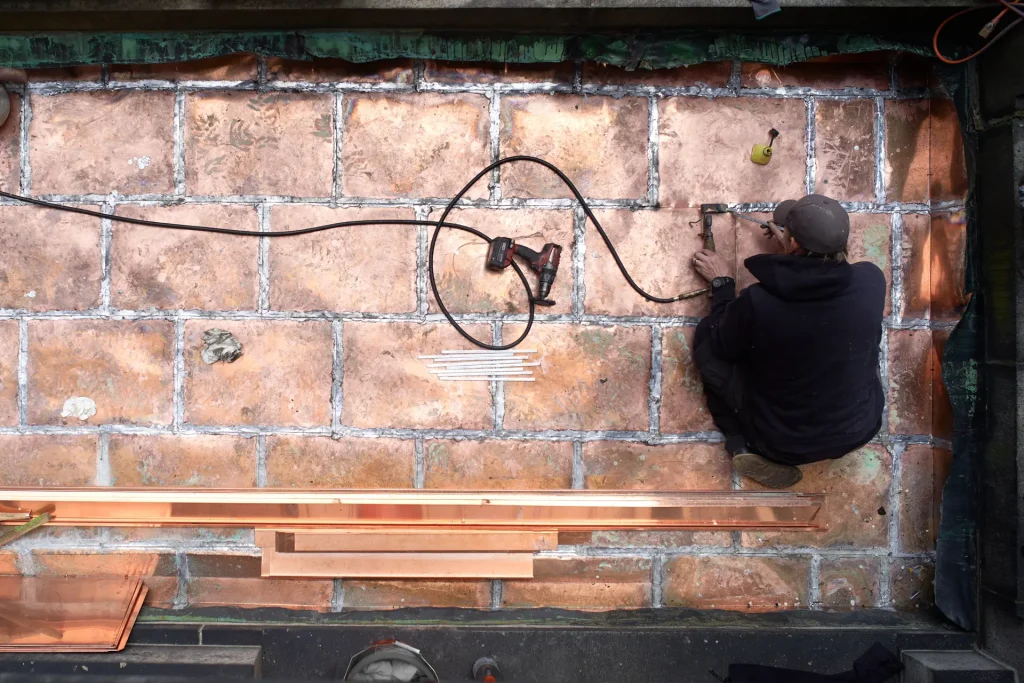
The Philosopher King of lenses
Despite the social isolation, there were copper roofers replacing a canopy directly below our balcony. When the subject matter has no central emphasis, and where fine details occur on the perimeter, one looks for a lens that is sharp edge-to-edge. A grid of beautifully dirty red copper reminiscent of an abstract painting covers the entire frame, so I chose the Leica 50mm F2 APO-Summicron. It is said to be sharper in the corners than the next best lens in the center.
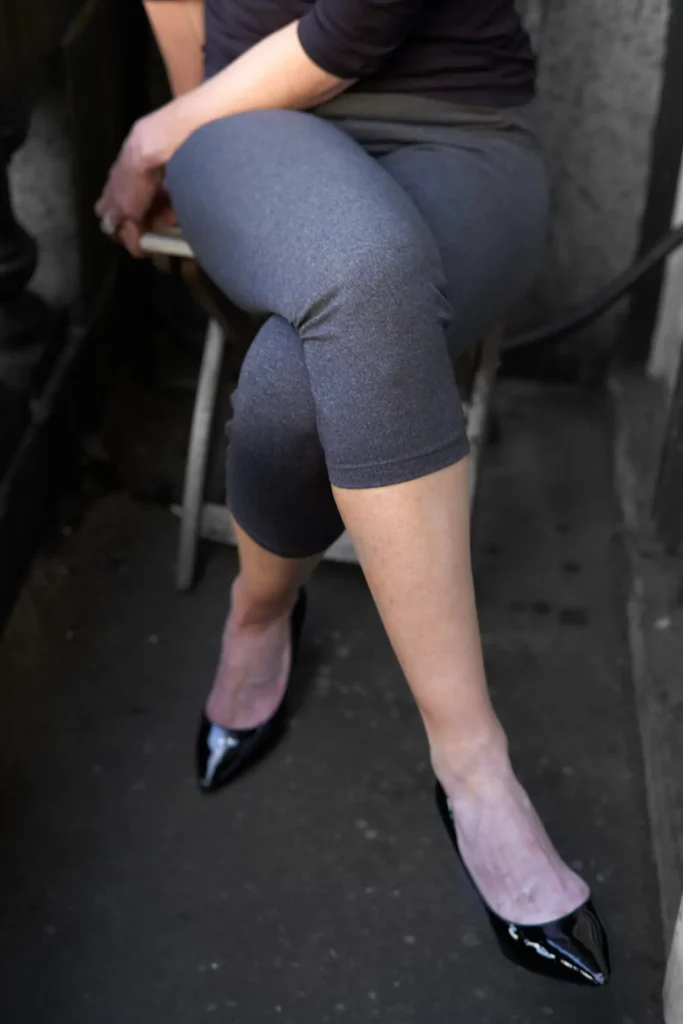
Sonnars are classic for a reason
In another situation you might want impressionistic fall-off and attractive softness. Sitting on the balcony across from my wife, I saw she was wearing gray and black, that the granite balcony was dark gray, and the only colorful surfaces in view were her hands and feet. A perfect subject for the Zeiss Sonnar 50mm F1.5.
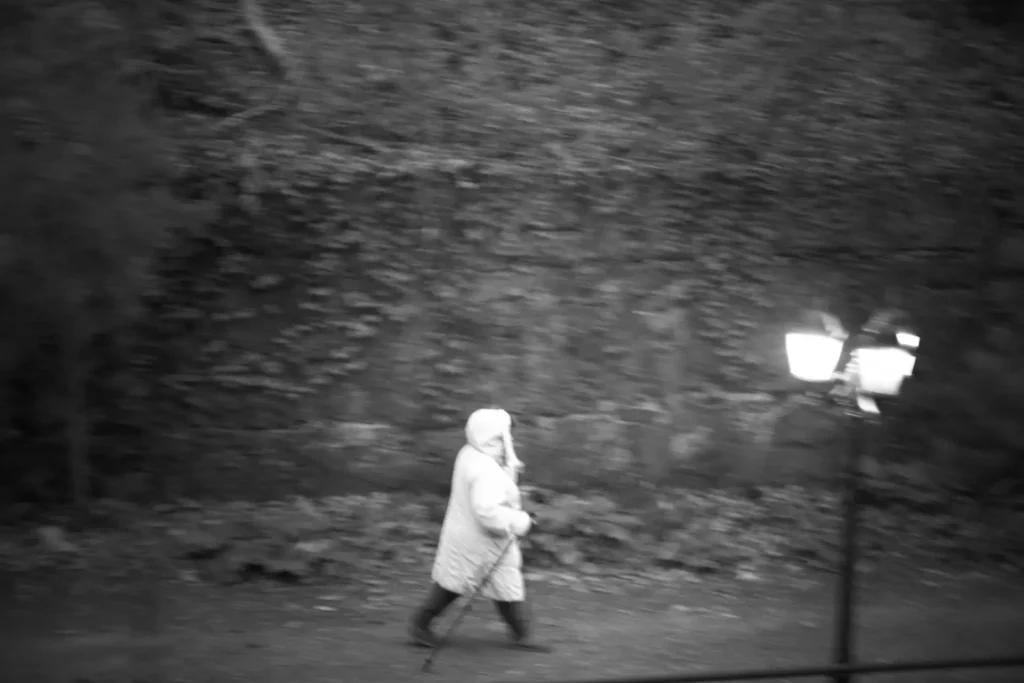
Streetlight at F1
A wooded path runs behind our building and every evening, a woman with walking sticks passes by. Normally this is quite uninteresting, but one evening she happened to wear a white coat instead of the usual purple, and the only light was that of a street lamp. The photo was nabbed through wavy window glass, so there was no way for it to be sharp. I grabbed this with a Voigtlander Nokton F1.1 wide open, and the large aperture was definitely necessary by streetlight. Roger Cicala, who publishes some very interesting lens tests in his blog, has tested the Voigtlander against the Leica Noctilux F0.95 and found it remarkably good, roughly 80% of the Noctilux in sharpness. Though I find the Voigtlander’s coma unattractive, like swallows flying around the frame, it was not a problem for this shot.
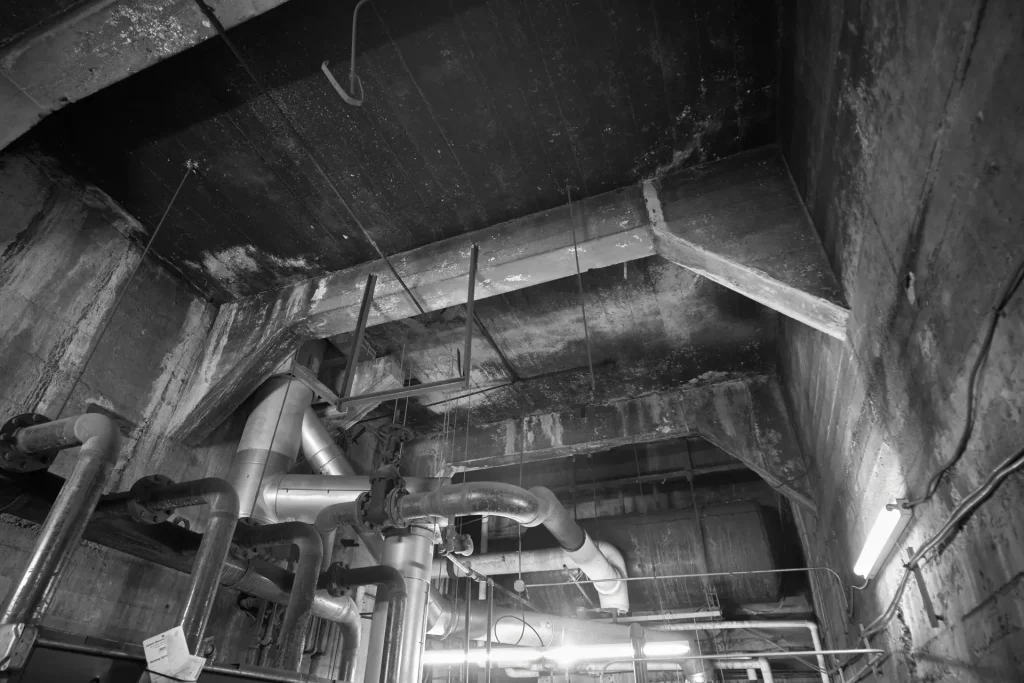
In the dungeon with a super-wide
Now let’s explore the sub-basement, which was once a giant bin filled with coal. Today it houses hot water boilers, but the black stain of coal is still there. Not too long ago 21mm presented a near-impossible technical barrier. I remember using a 21mm lens on the Nikon F, but you had to lock the mirror up. The gigantic retrofocus lenses of today had not yet been invented. In the late 1960s Zeiss came out with the Hologon, a 15mm F8 triplet built into a special camera, the Contarex Hologon. My version is a newer recomputation of that lens, issued in 1994 for the Contax G , and re-mounted for the modern Leica M. It comes with an anti-vignette filter, but the internal reflections from that filter were so bad they made the shots unusable. The photo presented here is the lens by itself, at F8. It’s not as sharp as the Leica 18mm ASPH, but this pancake design gives a great optical rendition.
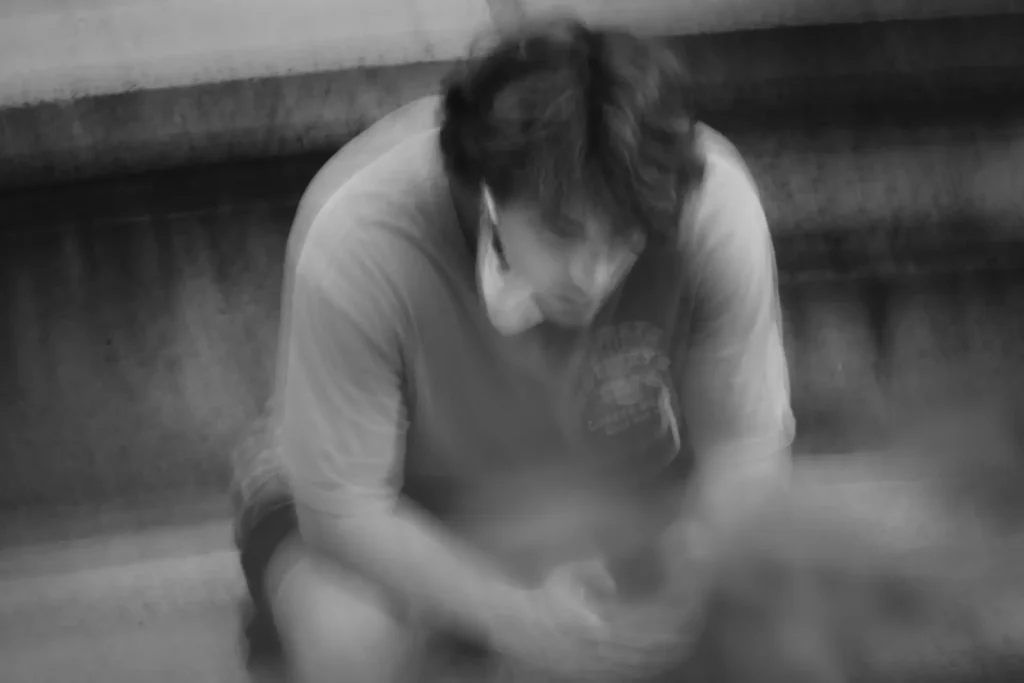
1000 mm hand-held?
Now let’s put away the superwide and dust off a 1000mm F11 Reflex-Nikkor. I mean that literally, because dust on the mirrors leaves remarkable diffraction rings with this lens from the 1960s. I’ve read the catadioptric format was never very popular, though I can’t tell why. If you manage the focus and camera movement, the shots are quite sharp for so small a lens. The 500mm F8, which I also own, is 109mm long, hardly bigger than the Noctilux. Respectable opinion considers the bokeh truly diabolical, because it fills the background with doughnuts instead of soap bubbles.
Just to see what happens, I hand-held this shot with a ¼-second exposure at ISO 200. He was almost 150 feet away from my living room window, seen through foliage. How’s that for diabolical? Without the camera movement it’s just another young man with his cell phone. The lens can resolve individual hairs on his head, if you hold it still. And there are no doughnuts in the Bokeh under these lighting conditions.
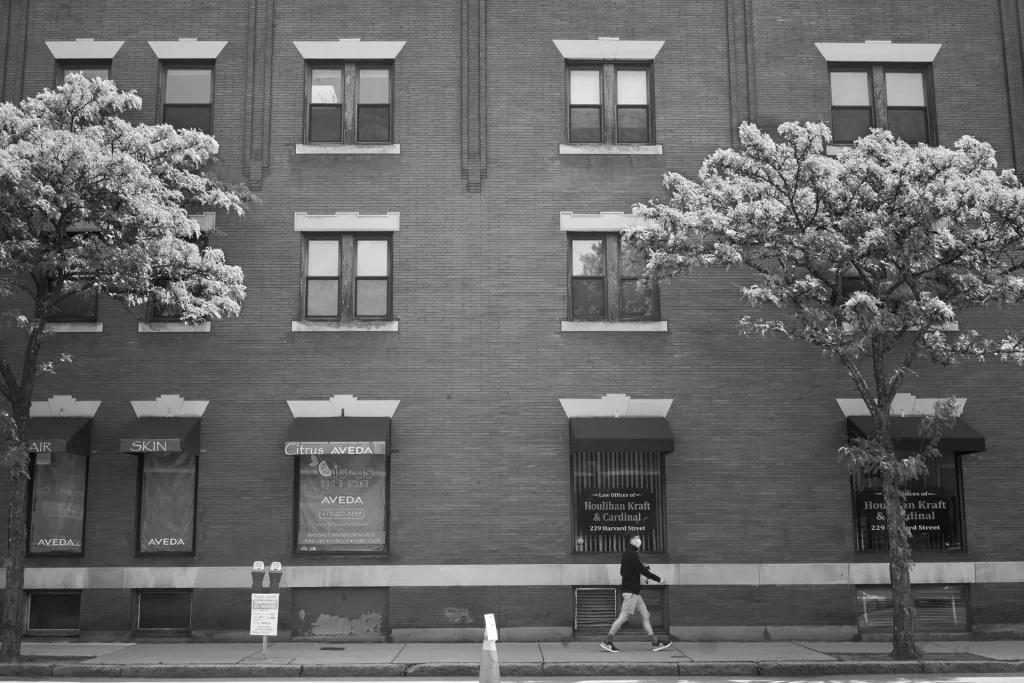
The original anastigmat
With the ban on commerce there is also a ban on parking. The empty streets brought forward a quality I hadn’t noticed before – that buildings have huge numbers of bricks. The sheer quantity of brick is easy to overlook with a foreground full of people. For this photo I decided to see what a Protar could handle. Protars, designed by Paul Rudolph in 1890, were the first commercial lenses to correct substantially for spherical aberration, coma, and astigmatism, and the first to come packaged in a lens barrel with a built-in aperture ring, looking just like a modern lens. They were originally called the “Anastigmat”. But the name was so widely copied that Zeiss had to give them a trademark. If there is any spherical aberration or stigmatism, it will show up in a wall of bricks.
This particular lens is a modern resurrection of the Protar by MS-Optics, as all the genuine Protars were made for large format cameras before the invention of 35mm. The MS-Optics version is startlingly good. It has been described as “soft” but I find it quite accurate indeed. Despite a touch of barrel distortion, you can definitely count every brick, and even the spots on every brick. There is negligible fall-off in sharpness towards the corners, and the resolution is a good match for the full 24 megapixels of the sensor. Hats off to Mr. Miyazaki!
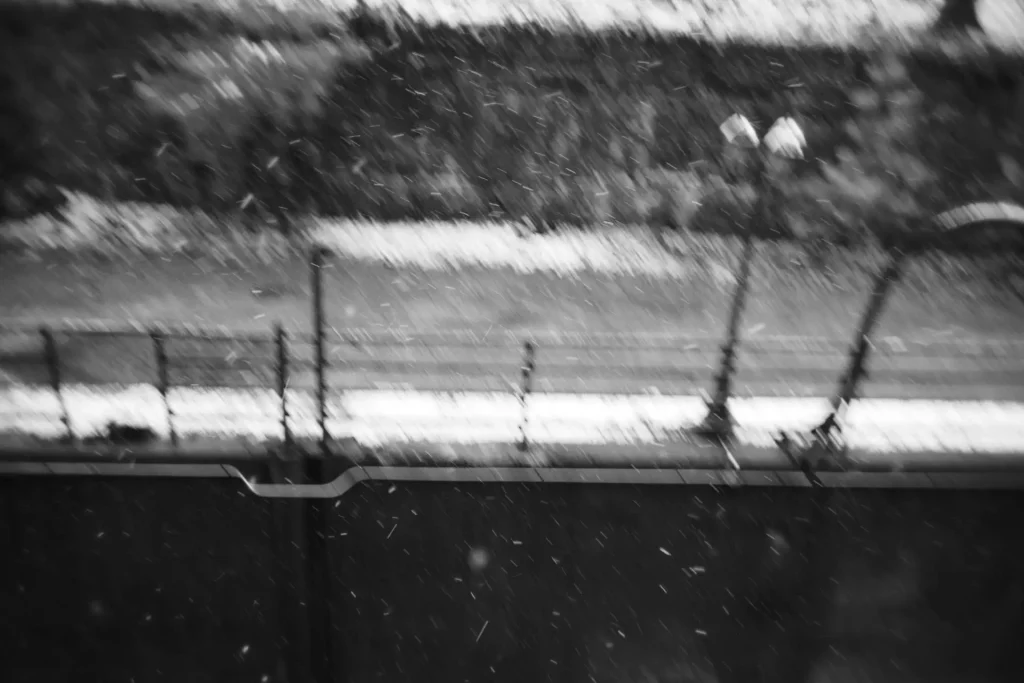
The circle of sharpness
It practically never snows here in April, so when flakes appeared a few weeks ago I tried to catch them. There was no hope of achieving the depth of field needed to make all the snowflakes sharp. Instead I used the MS-Optics 28mm F2 “Apoqualia” to emphasize the center. The Apoqualia is designed to blur the edges when wide open; the circle of sharpness increases as you stop it down. This photo was shot around F2.8 or F4 where the central 24mm circle is more or less sharp. Another set of shots with the APO Summicron are equally impressionistic, but perfectly impressionistic edge-to-edge, with no emphasis on the center.
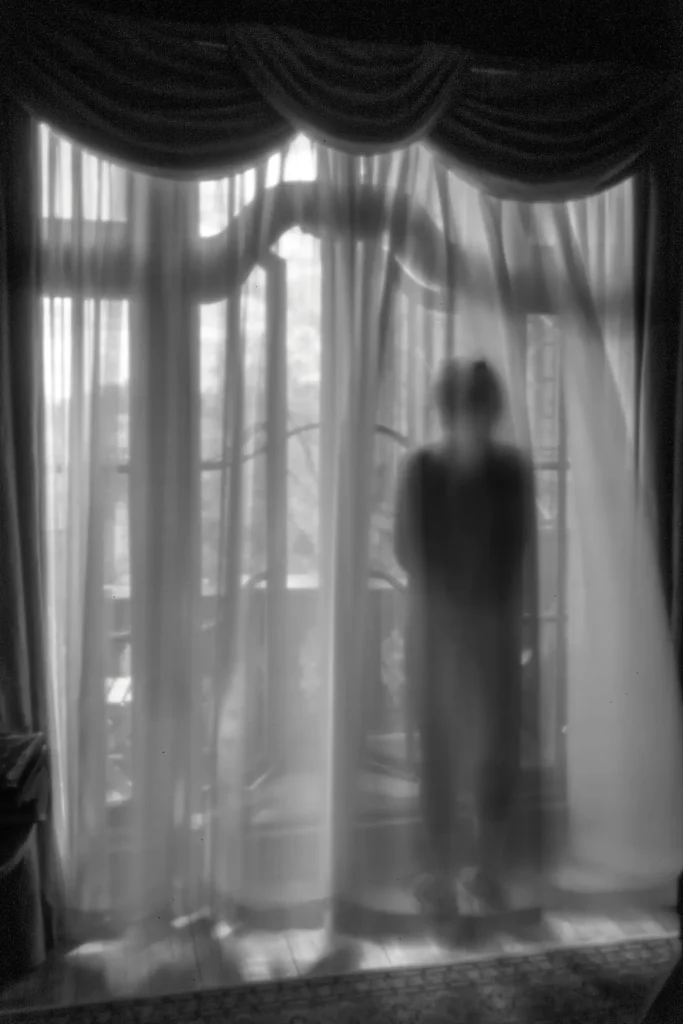
Who needs lenses at all?
Our final frame uses no lens. The wind blowing through the curtains made them wave in the air like ghosts. I saw my wife standing in the window as if in a dream. For atmosphere I chose a 0.22 mm pinhole, the optimum size to balance sharpness with diffraction. It is mounted to Novoflex rings to achieve a focal length close to 50mm. The exposure was 7 seconds at F227.
There are people who advocate discipline, who would say that all these subjects could have been tackled with a single lens, perhaps a 35 or 50. But I don’t see the point. If photographers can’t see the world through different lenses, then who can?
Share this post:
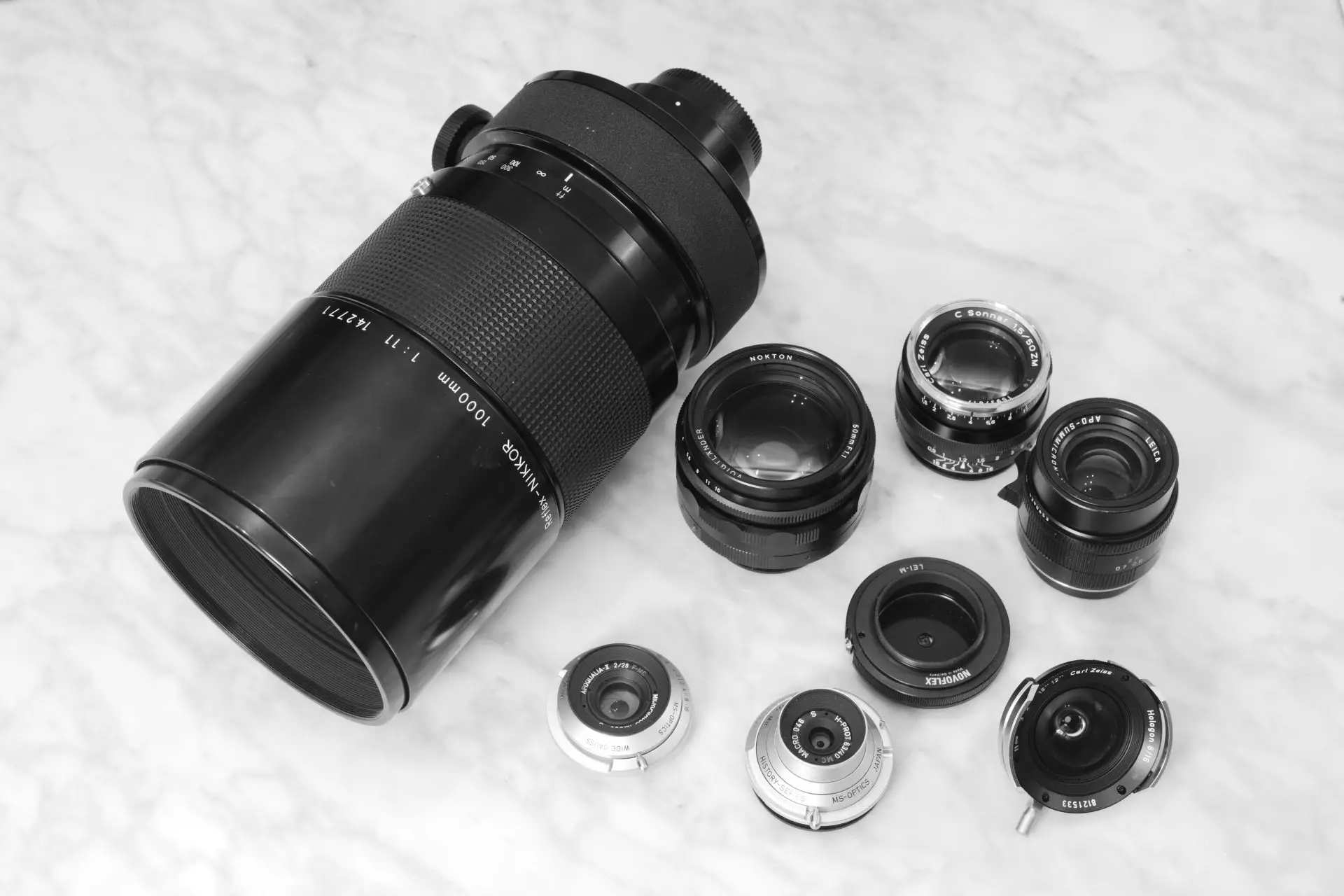








Comments
Stephen J on Help! I am being held prisoner in a lens collection! – By Jonathan Leavitt
Comment posted: 16/07/2020
At the other end of the scale, I have only three 50's, a Nikon F2 LTM (from the 50's) which is a Sonnar clone, a Summitar and a v3 Summicron, but they are all for my use depending on what I think may be the general thrust/theme of a particular photo walk.
I also make a similar choice regarding film/foveon/bayer sensors. If I think that pushing is better than a too far raised ISO, then film it is.... etc..
Comment posted: 16/07/2020
tom chamberlain on Help! I am being held prisoner in a lens collection! – By Jonathan Leavitt
Comment posted: 16/07/2020
This is a good read
lasousa2015 on Help! I am being held prisoner in a lens collection! – By Jonathan Leavitt
Comment posted: 17/07/2020
Lee on Help! I am being held prisoner in a lens collection! – By Jonathan Leavitt
Comment posted: 17/07/2020
Comment posted: 17/07/2020
Comment posted: 17/07/2020
Teddy on Help! I am being held prisoner in a lens collection! – By Jonathan Leavitt
Comment posted: 19/07/2020